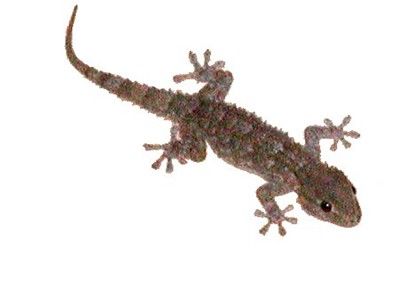Geckos are common reptiles that are widely distributed in warm areas around the world. They often appear on house walls, trees and even deserts, and are known for their super climbing ability and ability to prey on pests. Many people are curious about the reproduction method of geckos. Are geckos oviparous or viviparous? In fact, most geckos are oviparous, but a few species are ovoviviparous. This article will explore the reproduction method of geckos, the difference between oviparous and ovoviviparous, and analyze the impact of environmental factors on their reproduction method.

✅ The vast majority of geckos are oviparous, that is, they reproduce by laying eggs. Female geckos lay eggs in suitable environments and allow the embryos to develop inside the eggs until the baby geckos hatch.
The number of eggs laid is generally 1-2 eggs each time, and different species of geckos may lay eggs several times each year.
Gecko eggs are usually white or light yellow, with a hard surface, and can be attached to walls, bark or stone cracks to better protect the embryos.
The incubation time of the eggs varies depending on the ambient temperature and humidity, and generally hatches within 1-3 months.
Although most geckos are oviparous, a few species (mainly geckos distributed in cold or dry environments) are ovoviviparous, that is:
The gecko's embryo develops in the mother's body, but does not completely rely on the mother for nutrition.
After hatching, the mother gecko directly lays fully developed baby geckos, similar to the birth method of viviparous animals.
This reproductive method can reduce the risk of eggs being exposed and increase the survival rate of the young.
animal tags: gecko
We created this article in conjunction with AI technology, then made sure it was fact-checked and edited by a Animals Top editor.